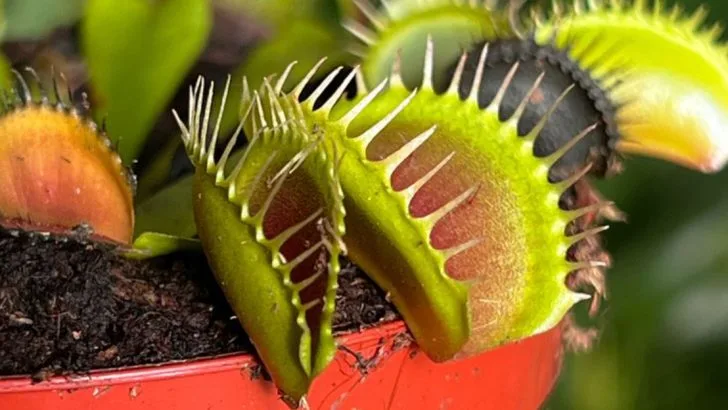Plants are often seen as quiet, stationary beings, rooted to the ground with little more than a response to water, sunlight, and soil conditions. However, research has shown that many plants are far more sensitive to their environment than we might expect. Some can actually respond to sound, touch, or even vibrations, adapting in fascinating ways to stimuli they encounter. This ability goes beyond simple growth patterns, offering a glimpse into the complex, dynamic interactions plants have with the world around them.
In this article, we’ll explore 14 plants that react to different forms of stimulation. From the iconic Mimosa pudica, known for its quick response to touch, to the way some plants “listen” to their surroundings, this list reveals how plants communicate and react to stimuli in ways that challenge our conventional understanding. Get ready to discover the world of plant behavior that you might never have imagined!
Mimosa Pudica
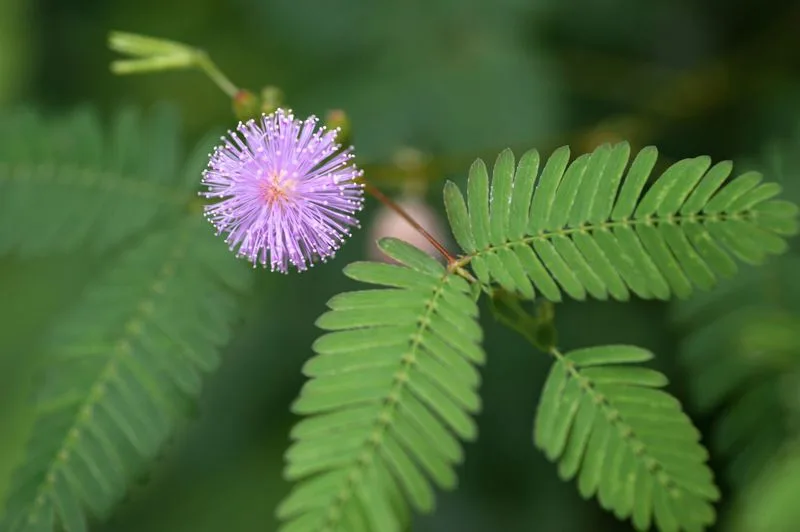
Known for its shy demeanor, Mimosa pudica reacts to touch by folding its leaves. This fascinating behavior is more than just a party trick. It’s a defense mechanism that might deter herbivores. The speed at which it responds can be quite surprising, leaving onlookers in awe. This plant demonstrates how even the smallest of creatures can have a big personality. The tactile response of Mimosa pudica not only entertains but also inspires curiosity about the complexity of plant life.
Venus Flytrap
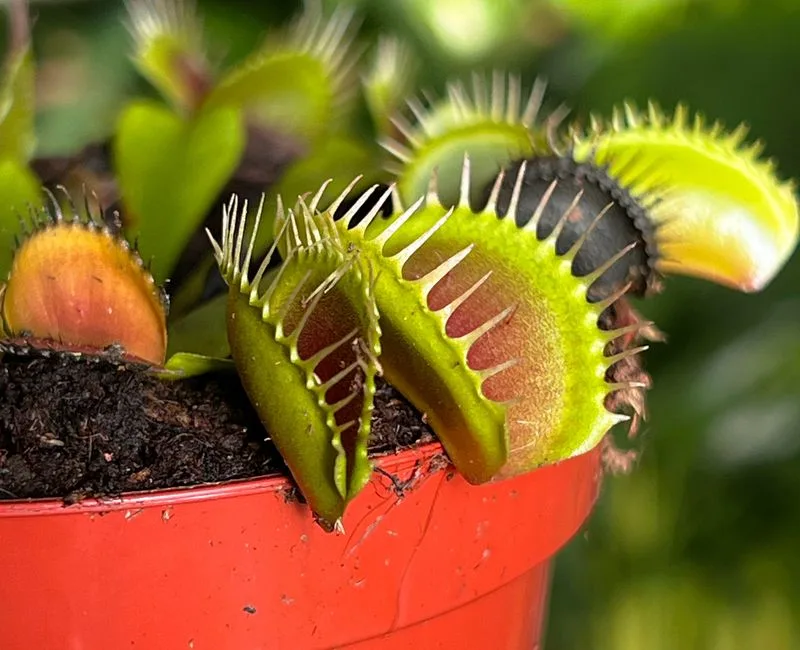
The Venus flytrap is a marvel of nature with its rapid closure mechanism. It relies on touch to trigger its trap, capturing unsuspecting insects in a fraction of a second. This unique adaptation is a survival strategy, allowing it to thrive in nutrient-poor environments. Each trap can only close a few times before it dies, making every capture count. The Venus flytrap embodies the delicate balance between aggression and conservation in the plant world.
Sensitive Fern
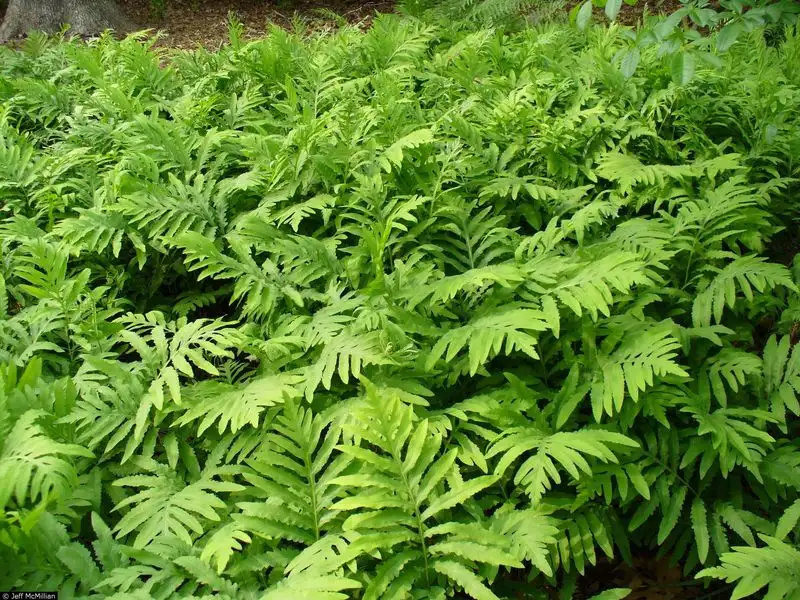
Sensitive by nature, the Sensitive Fern responds visibly to touch, much like its cousin, the Mimosa. Unlike other ferns, this plant curls its fronds upon contact, showcasing a unique defense mechanism. Its ability to swiftly react to external stimuli makes it a fascinating subject for study. This fern’s delicate appearance belies its remarkable adaptability. Observing its movements can provide insight into the sophisticated ways plants interact with their environment.
Telegraph Plant
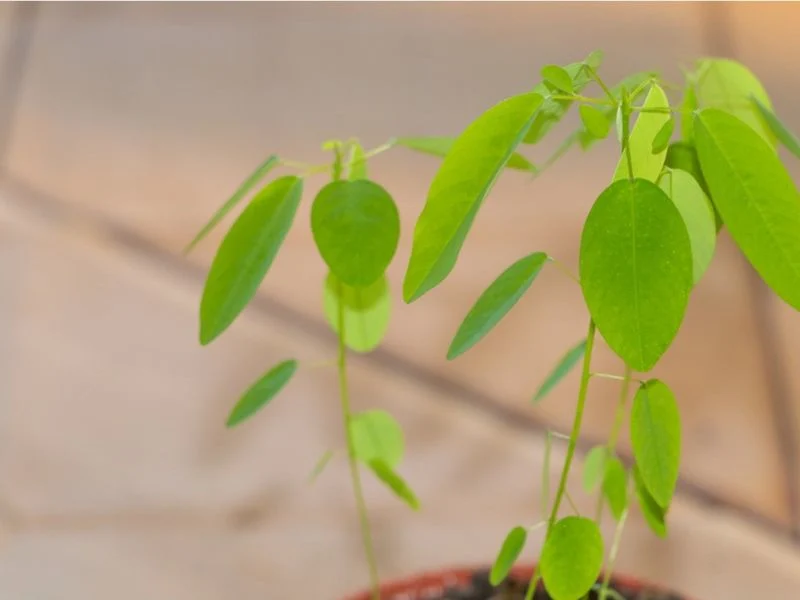
The Telegraph Plant dances to its own tune, quite literally. Its leaves move in response to sound and vibration, a rhythmic dance that can often be seen under a microscope. This movement is thought to aid in photosynthesis, but the exact reasons remain a mystery. The Telegraph Plant offers a glimpse into the lesser-known world of plant acoustics. Its graceful movements invite wonder and fascination.
Bamboo
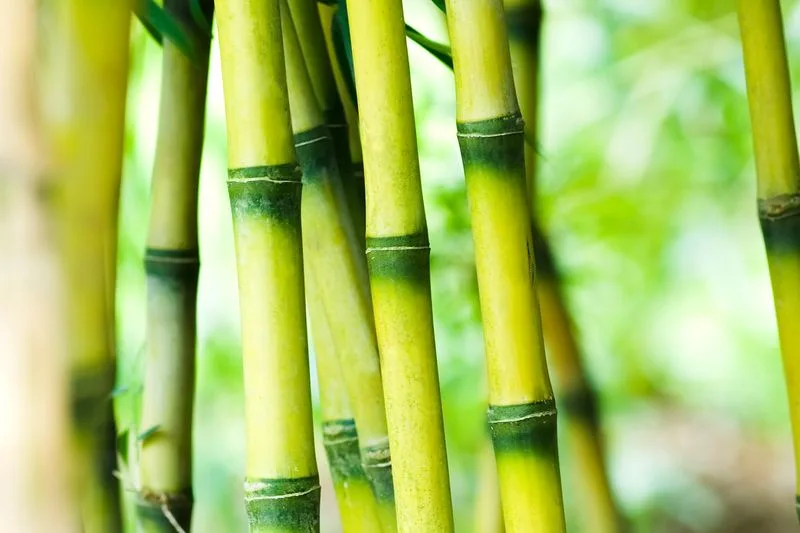
Bamboo’s graceful sway and rustling sound make it a unique auditory experience. While not traditionally responsive to touch, its reaction to wind and vibration is captivating. This response helps in seed dispersion and provides a soothing soundscape. Bamboo’s resilience and elegance are unmatched, making it a staple in both art and nature. Its presence is a reminder of the harmony between strength and flexibility.
Poplar Trees
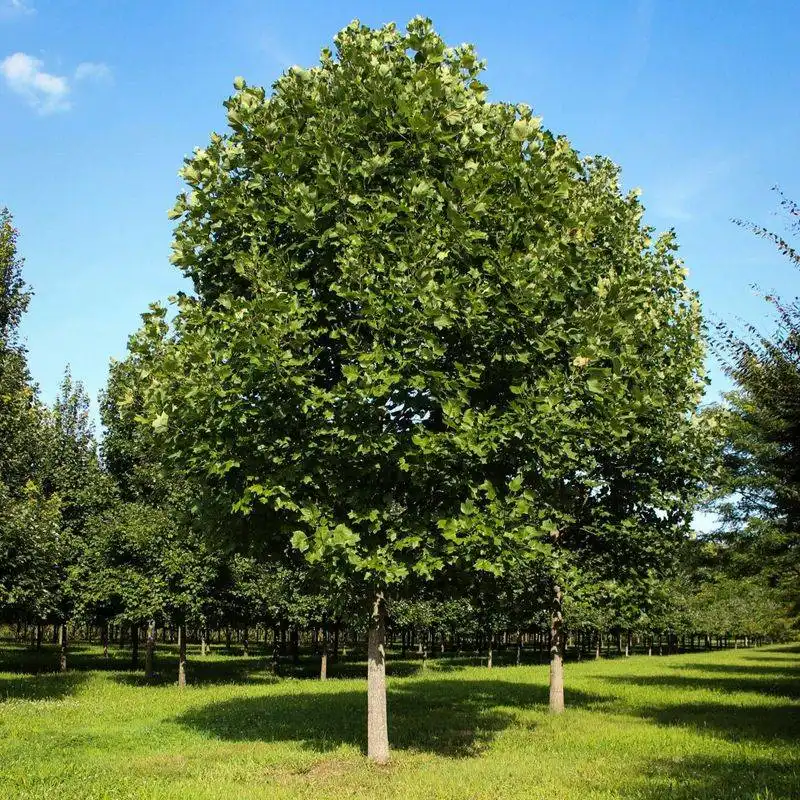
Poplar trees are known for their quivering leaves, an adaptation that creates a soothing rustle. This vibration response helps in photosynthesis by ensuring optimal light exposure. The sound of trembling leaves is a gentle reminder of the dynamic interaction between plants and their environment. Poplars offer both aesthetic appeal and ecological benefits, making them a vital part of many landscapes.
Balsam

Balsam plants are touch-sensitive, with seed pods that explode upon contact. This explosive reaction aids in seed dispersal, ensuring the plant’s proliferation. The plant’s striking flowers and intriguing mechanism make it a favorite among gardeners. It’s a reminder of nature’s ingenuity in spreading life. Observing Balsam’s seed pods burst can be both thrilling and educational, highlighting the blend of beauty and strategy in plant evolution.
Sundew
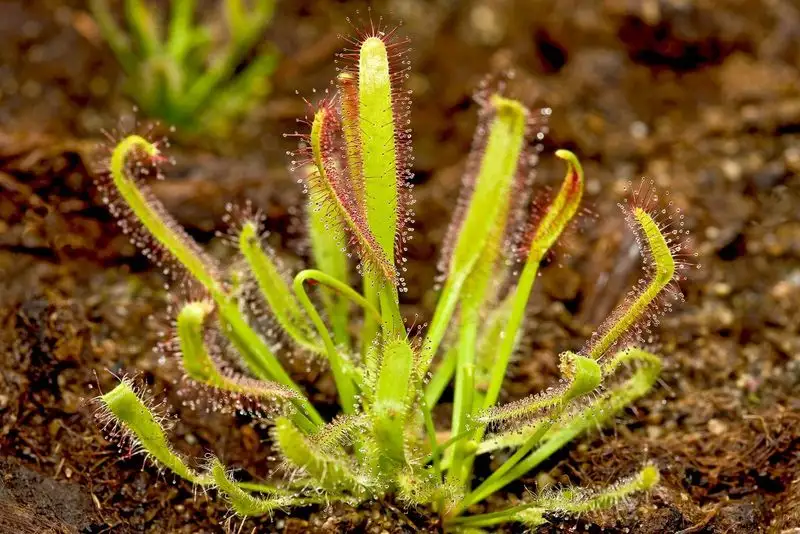
Sundews are carnivorous plants with sticky tentacles that trap unsuspecting insects. Their touch-sensitive mechanism ensures a swift capture, followed by digestion. This method of obtaining nutrients is essential in their nutrient-poor habitats. Sundews are a testament to the diverse strategies plants employ for survival. Watching a Sundew in action is like witnessing a delicate yet deadly dance.
Aloe Vera
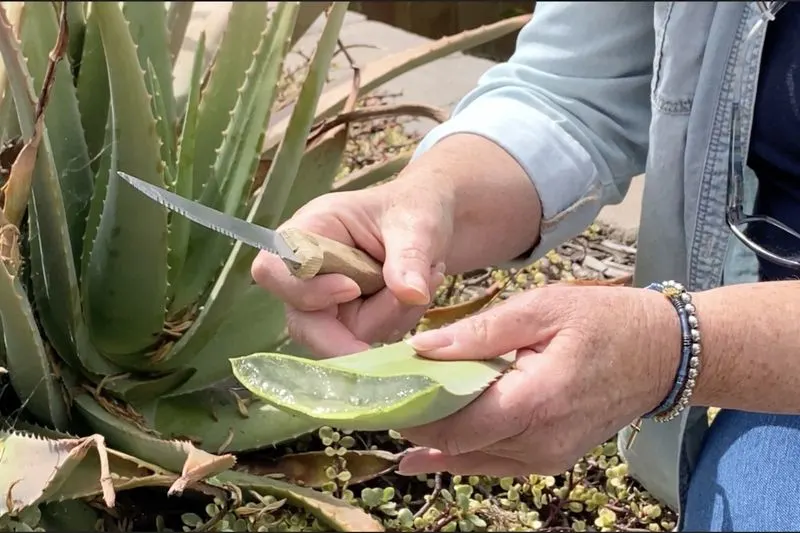
Aloe Vera responds to touch by releasing soothing gel from its leaves. A staple in home remedies, its response is not just beneficial for humans but also a defense mechanism. The gel helps heal wounds and deters herbivores with its bitter taste. Aloe Vera’s dual role as a healer and protector showcases the multifaceted nature of plants. It’s a living example of how utility and defense can coexist beautifully.
Snake Plant

Though not visibly reactive, the Snake Plant’s quiet resilience speaks volumes. Known for its air-purifying qualities, it responds to its environment by converting CO2 to oxygen at night. This unique ability makes it a popular choice for bedrooms. The Snake Plant’s robust nature and elegant appearance make it both a practical and aesthetic addition to any space.
Touch-me-not Balsam
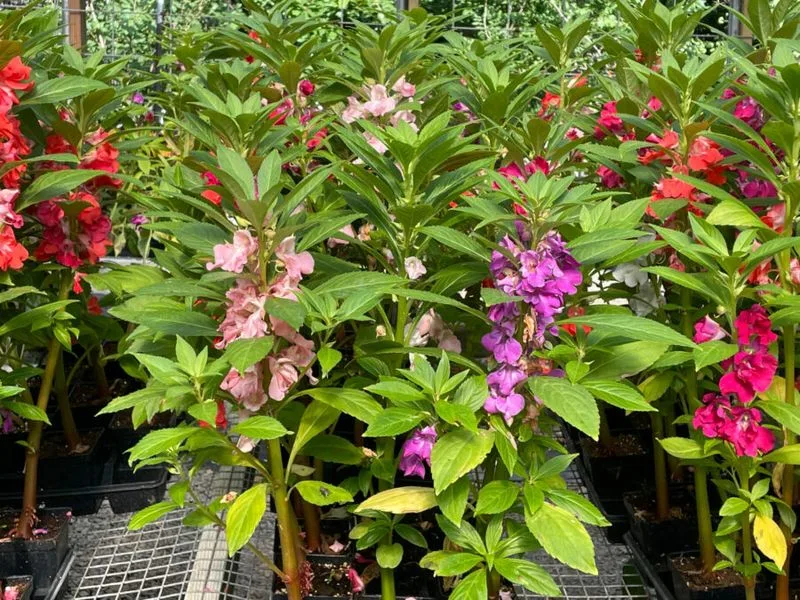
The Touch-me-not Balsam is aptly named for its explosive seed dispersal mechanism. Its touch-sensitive pods burst open when disturbed, scattering seeds far and wide. This fascinating trait ensures the plant’s survival and spread. The Touch-me-not Balsam’s vibrant blooms add to its allure, making it a delightful addition to gardens. It’s a vivid example of how sensitivity and beauty can coexist in nature.
Dancing Plant
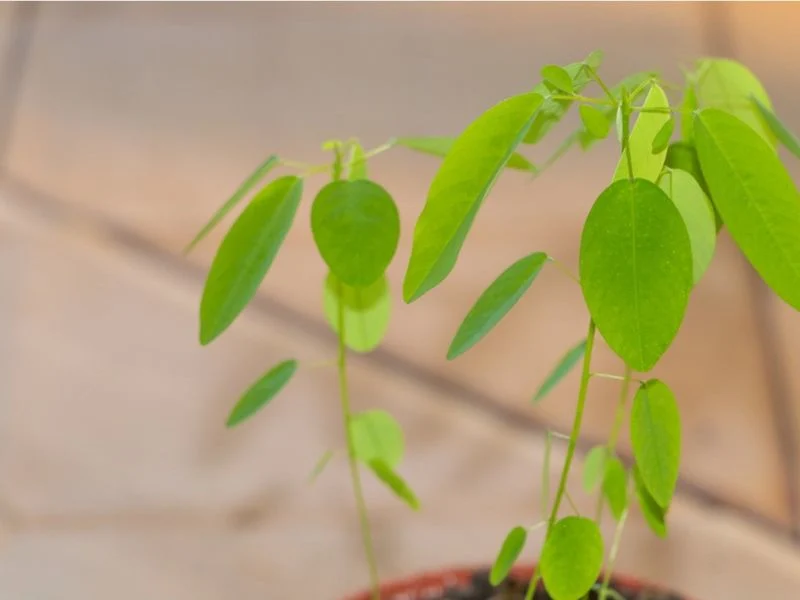
True to its name, the Dancing Plant responds to sound by moving its leaflets. This rhythmic movement is both enchanting and mysterious, capturing the imagination of those who witness it. The plant’s ability to ‘dance’ to music or vibrations has made it a popular choice for plant enthusiasts. It serves as a reminder of the unseen world of plant perception and response.
Cabbage Tree
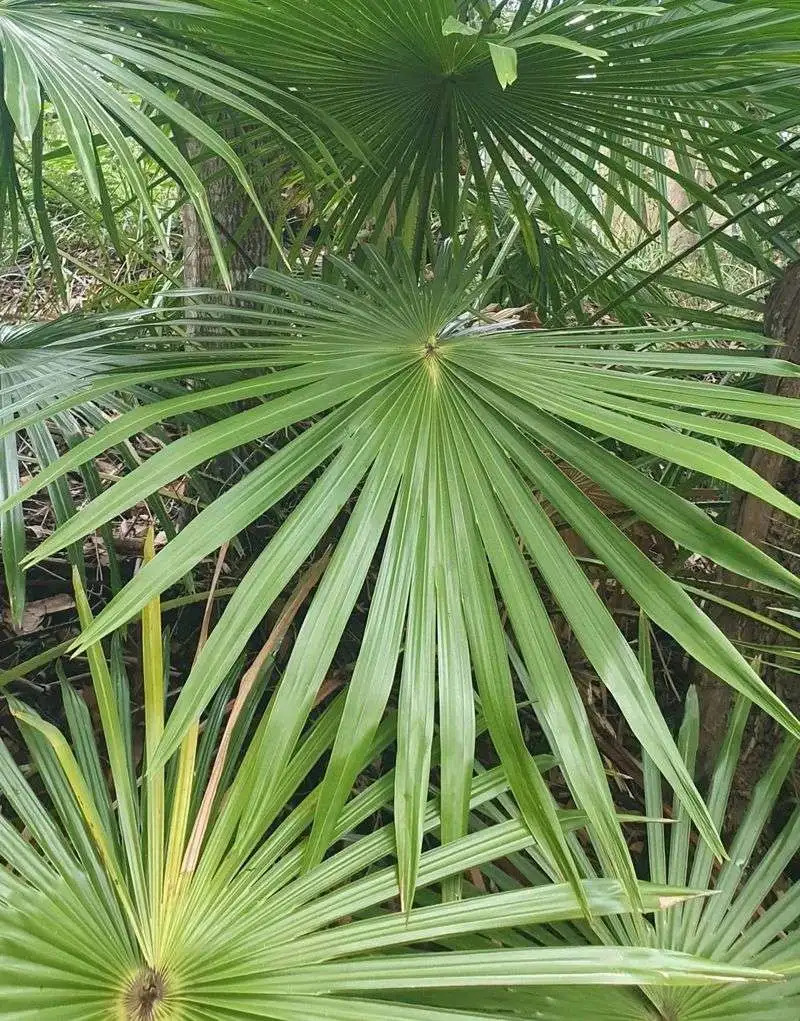
Cabbage Trees sway elegantly when touched by the wind, a harmonious dance that belies their sturdy nature. Their movement aids in pollination and seed dispersion, essential for their reproductive success. The sight of a Cabbage Tree in motion is a soothing reminder of nature’s grace and resilience. These trees symbolize the balance between strength and flexibility.
Water Lily
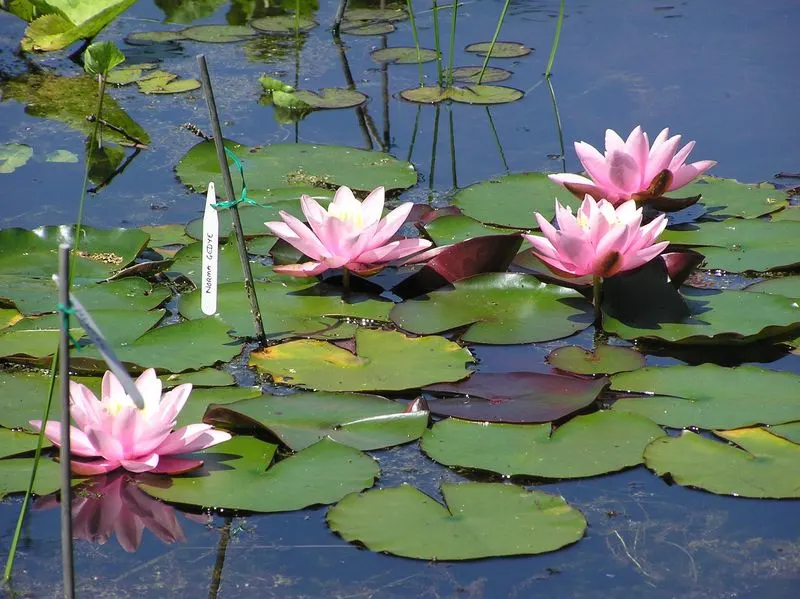
Water Lilies respond to vibrations in their aquatic environment, often closing up in response. This reaction protects their delicate interior from harm. The sight of a Water Lily gracefully floating atop a pond is a serene image, embodying tranquility and beauty. Their ability to adapt to changing conditions is a testament to nature’s ingenuity.

